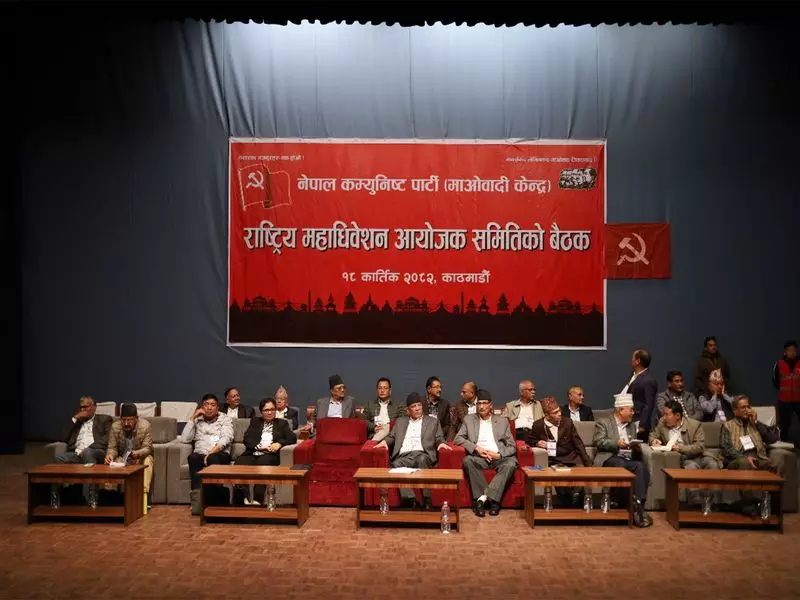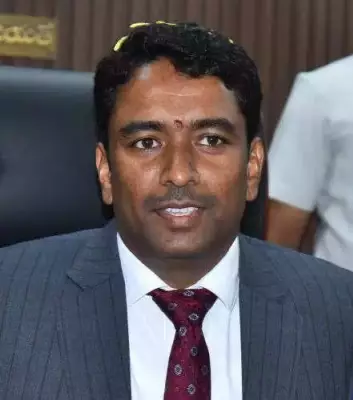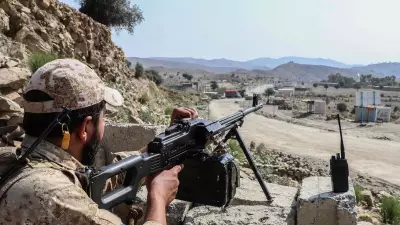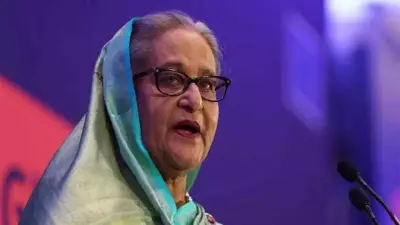
In a dramatic political development that could reshape Nepal's governance, nine prominent political parties are set to merge on Thursday, forming a unified Nepali Communist Party as the country prepares for upcoming elections.
Historic Political Consolidation
The merger represents one of the most significant political realignments in recent Nepali history, bringing together various communist and socialist factions under a single banner. This consolidation comes at a crucial time when political parties are positioning themselves for the next electoral battle.
Key Players in the Mega Merger
The unification process involves several major political entities, including the CPN (Maoist Centre) led by Pushpa Kamal Dahal 'Prachanda' and the CPN (Unified Socialist) headed by Madhav Kumar Nepal. These veteran leaders are expected to play pivotal roles in the newly formed party's leadership structure.
Strategic Timing Ahead of Elections
Political analysts see this merger as a strategic move to consolidate left-wing votes and create a stronger opposition force against the ruling coalition. With elections drawing closer, the unified party aims to present a formidable challenge to existing political establishments.
Impact on Nepal's Political Spectrum
The creation of this new communist entity is expected to significantly alter Nepal's political landscape. The merger could potentially shift power dynamics and create new alliances that might determine the country's political direction for years to come.
What This Means for Voters
For Nepali citizens, this political consolidation offers both opportunities and challenges. A stronger opposition could lead to more robust parliamentary debates and potentially better governance, while also providing voters with clearer political alternatives during elections.
The success of this merger will ultimately depend on how effectively the different factions can integrate their ideologies and work together toward common political objectives.





